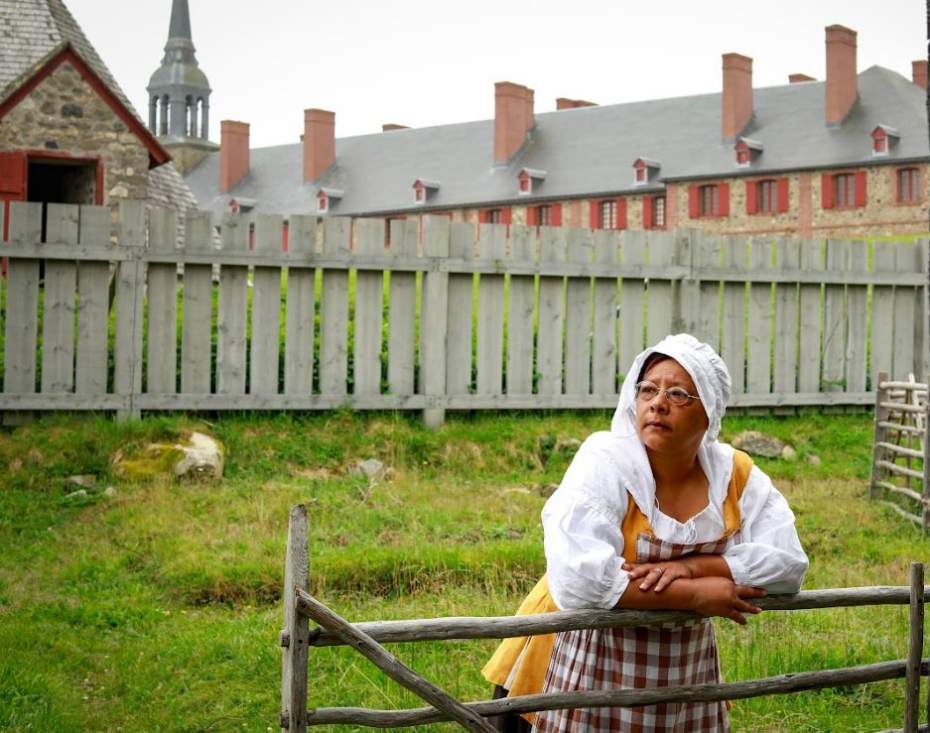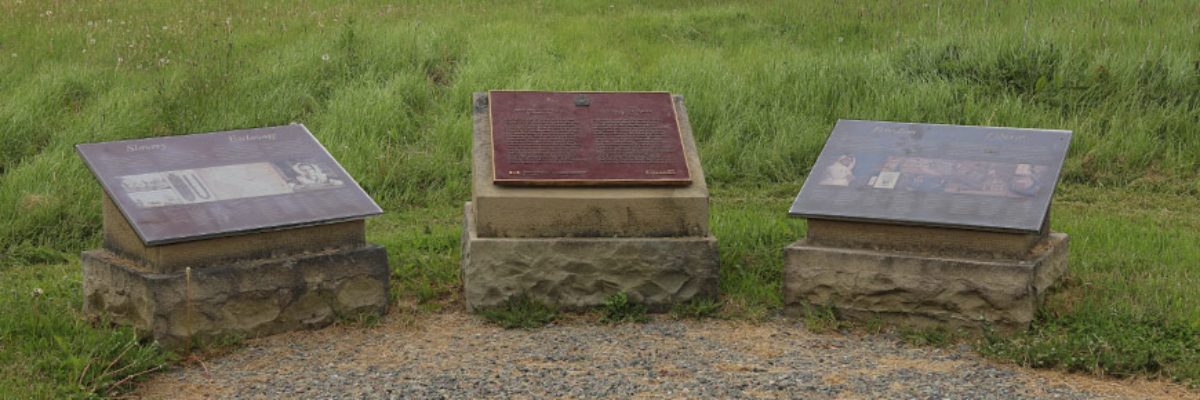Marie Marguerite Rose National Historic Person (1717-1757)
Marie Marguerite Rose (1717-1757) was designated a national historic person in 2008.
Historical importance: Key figure in the initial phase of Black enslavement in Canada and stood out among emancipated enslaved people in New France.

© Parks Canada / Emily Madinsky

© Parks Canada / Emily Madinsky
Commemorative plaque: Fortress of Louisbourg National Historic Site, Nova ScotiaFootnote 1
Captured in Africa at the age of 19 and transported to Île Royale, where she was sold to a member of the colonial elite, Marie Marguerite Rose is seen to be a key figure of the initial phase of Black slavery in Canada. Gaining her freedom after spending 19 years in slavery, she married a Mi’kmaw man and opened a tavern in Louisbourg, becoming part of the colony’s business community. Both were rare occurrences among emancipated slaves in New France. Rose’s experience speaks to the presence of slavery on Île Royale and in Canada, where an estimated population of 1,375 Black slaves existed during the French Regime.

© Parks Canada
Related links
- National historic designations
- National historic persons
- National historic sites designations
- National historic events
- Submit a nomination
- More information on the Marie Marguerite Rose plaque
- Fortress of Louisbourg National Historic Site
- Canadian Museum of History: Women of New France - Marie Marguerite Rose
- Date modified :